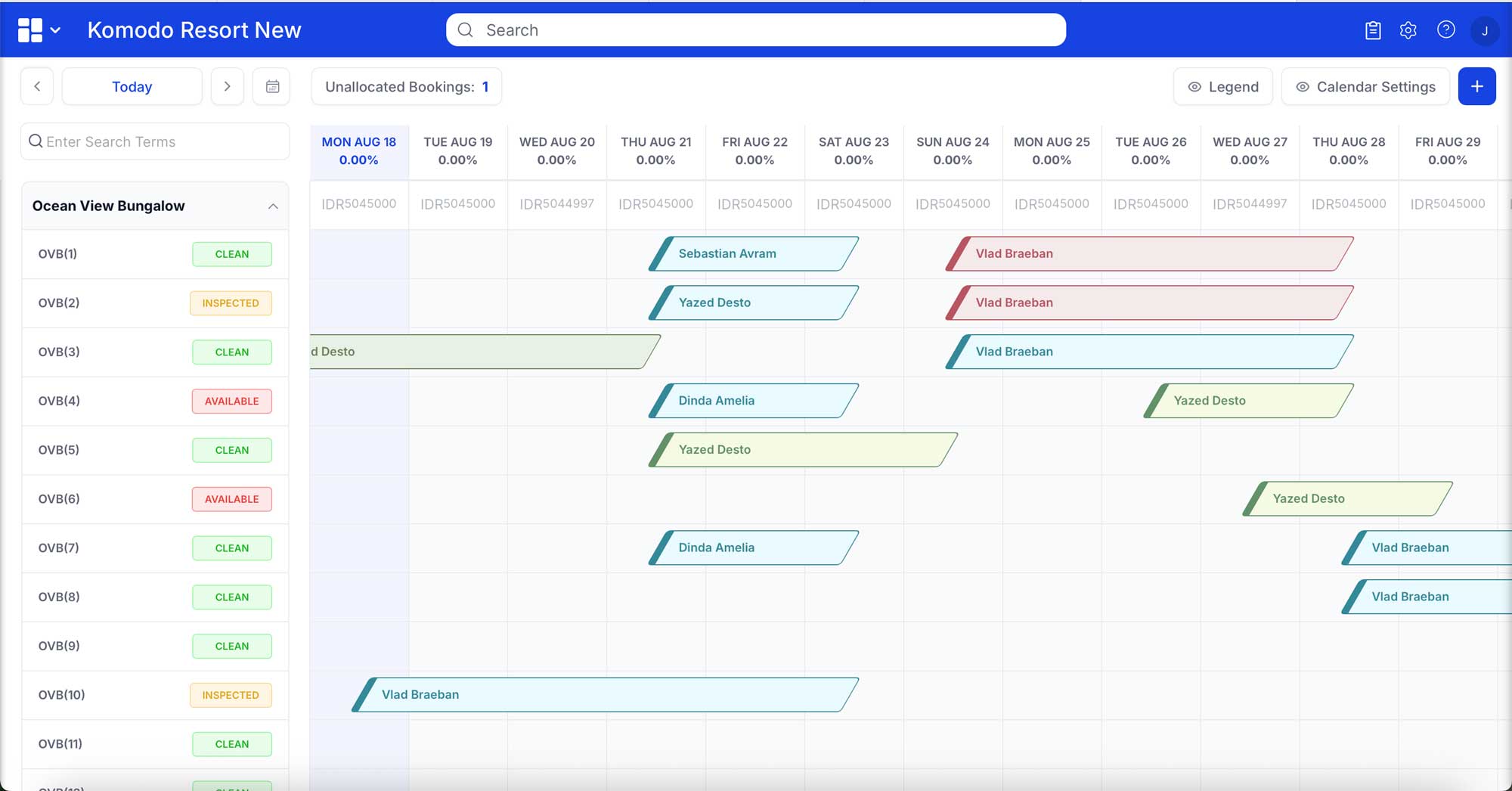Hotel Rooming List: What It Is and How It Works
 Mika Takahashi
Mika Takahashi Mika Takahashi
Mika TakahashiIf you’ve ever been involved in managing hotel accommodations for a big group or event, you know how important it is to keep everything organized. That’s where a hotel rooming list comes in—a handy tool that hotel staff and event planners rely on to keep track of who’s staying where. Whether you’re handling group bookings for a conference, coordinating corporate stays, managing private events, or even juggling individual reservations, knowing how to use a rooming list can make all the difference in providing a smooth and welcoming experience for guests.
In this guide, we’ll walk you through everything you need to know about hotel rooming lists: what they are, why they matter, how to put one together, and smart tips for managing them well. Plus, we’ll share an example to help you picture what a typical rooming list looks like. With this knowledge, hotel managers and event organizers can work together more effectively and make sure guests feel right at home from the moment they arrive.
Simply put, a hotel rooming list is a detailed document that lays out all the accommodation details for a group of reservations tied to an event or booking. It includes key information like guest names, room assignments, reservation details, check-in and check-out dates, and any special requests guests might have. Think of it as a roadmap for the hotel team—helping everyone from the front desk to housekeeping anticipate guest needs and keep things running smoothly.
While rooming lists used to be simple paper sheets or basic spreadsheets, many hotels now use digital formats linked to their property management systems. This shift not only cuts down on errors but also lets staff update information in real time and share relevant information quickly across departments.
The main goal of a rooming list is to organize and communicate guest accommodation details clearly so everyone involved knows what to expect. Here’s why it’s so valuable:
By serving all these functions, the rooming list becomes a crucial tool for running hotel operations efficiently and delivering a great guest experience.
Rooming lists can look a bit different depending on the kind of booking or event. Here’s a quick rundown of common scenarios:
Whether it’s a conference, sports team, or tour group, a group rooming list spells out every guest’s name, room type, bed preferences, and arrival/departure dates. This helps keep the group together, for example by placing team members on the same floor or near meeting spaces.
Corporate rooming lists often include extra details like billing instructions, proximity to meeting rooms, and executive floor assignments. These help hotels provide tailored services for business travelers and keep operations running smoothly during corporate stays.
For weddings, family reunions, or other private gatherings, rooming lists help manage multiple reservations under one umbrella. They might include special requests like bridal suites, family groupings, or accessibility needs, and help coordinate check-in times for guests arriving together.
Even when handling multiple individual bookings, a rooming list can be helpful during busy times or promotions. It helps hotel staff anticipate guest arrivals and allocate resources efficiently.
Putting together an accurate rooming list takes some careful steps:
Start by gathering all the relevant details from the booking source or event organizer, including:
Getting this info right from the start helps prevent last-minute headaches.
Whether it’s a spreadsheet or a file compatible with your property management system, using a clear and consistent template makes it easier to organize, share, and update the list.
Think about guest preferences, group dynamics, and hotel layout. For example, place chaperones near students on school trips or executives close to meeting rooms. Logical room assignments improve guest satisfaction and help staff work efficiently.
Check the list carefully for accuracy and completeness. Confirm guest names, dates, and special requests by cross-referencing booking confirmations and communicating with event organizers.
Make sure front desk, housekeeping, and management all have access to the latest rooming list so they can coordinate their work.
Stay flexible for last-minute changes or cancellations. Digital tools can help keep everyone up to date in real time.
| Room Number | Guest Name | Room Type | Check-in Date | Check-out Date | Special Requests | Contact Email |
|---|---|---|---|---|---|---|
| 101 | John Smith | Double | 2024-07-01 | 2024-07-05 | Accessibility needs | john.smith@email.com |
| 102 | Mary Johnson | Single | 2024-07-01 | 2024-07-04 | Late check-in | mary.johnson@email.com |
| 103 | Michael Brown | Suite | 2024-07-01 | 2024-07-06 | VIP, dietary restrictions | michael.brown@email.com |
| 104 | Sarah Davis | Double | 2024-07-02 | 2024-07-05 | Near elevator | sarah.davis@email.com |
This example shows how a rooming list brings together all the relevant information into one easy-to-reference file. It helps the front desk verify guests quickly, housekeeping prepare rooms properly, and management oversee the guest experience.
Managing rooming lists isn’t always straightforward. Here are some common issues and tips to overcome them:
These can throw off room assignments. Keep communication open and use flexible digital tools to update the list quickly. Setting clear cutoff dates for finalizing the list helps too.
Overbookings can frustrate guests. Coordinate with front desk and reservations teams, and have contingency plans like reserved overflow rooms ready.
Errors happen when info isn’t shared properly. Share the rooming list promptly with all departments and designate a contact person for questions.
Manual data entry can lead to mistakes. Moving to digital rooming list templates linked to property management systems reduces errors and improves collaboration.
By tackling these challenges head-on, hotels and event organizers can keep rooming lists under control and offer guests a smoother check-in experience.

Digital rooming list management offers clear advantages over traditional manual methods. Systems like Prostay integrate with hotel property management and CRM platforms, keeping all departments updated with real-time reservation details.
Automated updates cut down on human error, speeding up room assignments and handling special requests more accurately. They also streamline reporting and billing, making financial reconciliation easier for hotel management.
Plus, digital tools improve coordination across front desk, housekeeping, and management by providing a centralized platform for communication and updates. This leads to better guest services and a more seamless stay.
A hotel rooming list is an essential tool for organizing accommodations across different types of bookings. When prepared and managed well, it improves guest satisfaction, streamlines operations, and reduces mistakes. Whether you’re handling large group events or individual reservations, a well-maintained rooming list helps make the entire guest experience smoother and more enjoyable. Embracing best practices and digital solutions will only make this process easier and more effective for everyone involved.